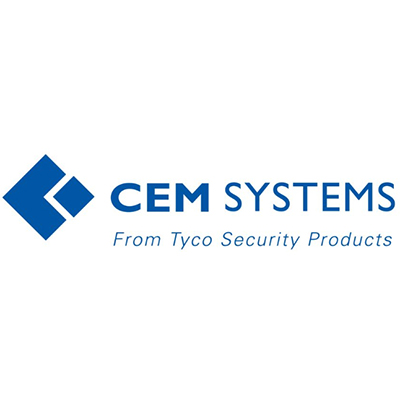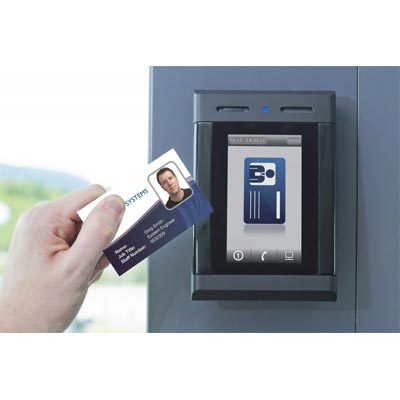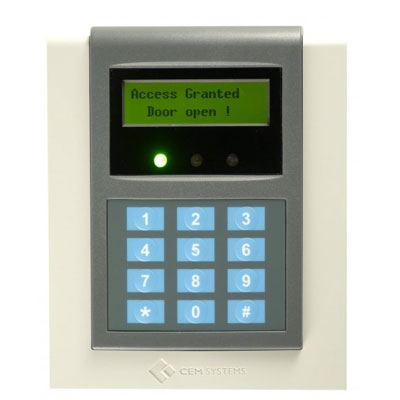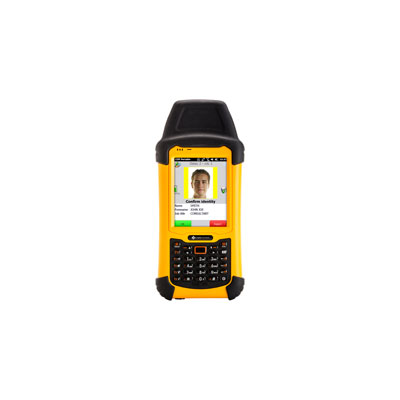CEM DIU210 door interface unit
Technical Specification
- Make: CEM
- Model code: DIU210
- Voltage: 100 ~ 240 V AC
- Power Consumption: 0.6 A
- Dimensions mm: 300 x 250 x 150
The Door Interface Unit (DIU 210) is designed primarily to provide power to a door lock, as well as local power to a CEM reader when a high level of security is required. It has onboard inputs which can be used to monitor conditions such as a fire alarm or activated Break-glass condition. The DIU 210 improves door security, by allowing the installer to locate lock controls on the secure side of a door, with an intelligent CEM reader on the unsecured side. The DIU 210 communicates with an intelligent CEM reader over a single pair RS485 cable. Upon a valid swipe at the card reader, the reader will instruct the DIU (over the RS485 communications channel) to activate the appropriate output to release the lock using a coded data signal (i.e. coded lock).
Read more| Make | CEM |
|---|---|
| Manufacturer | CEM Systems Ltd |
| Category | Access Control>Access control readers |
| Model code | DIU210 |
| Electrical Specifications |
Voltage: 100 ~ 240 V AC Power Consumption: 0.6 A |
| Physical Specifications |
Dimensions mm: 300 x 250 x 150 Weight g: 4,3000 |
| Environmental Specifications |
Operating Temp oC: -10 ~ +40 Operating Humidity %: 0 ~ 95 |
| Accessories | Door Interface Unit |
| Additional info |
The Door Interface Unit (DIU 210) is designed primarily to provide power to a door lock, as well as local power to a CEM reader when a high level of security is required. It has onboard inputs which can be used to monitor conditions such as a fire alarm or activated Break-glass condition. The DIU 210 improves door security, by allowing the installer to locate lock controls on the secure side of a door, with an intelligent CEM reader on the unsecured side. The DIU 210 communicates with an intelligent CEM reader over a single pair RS485 cable. Upon a valid swipe at the card reader, the reader will instruct the DIU (over the RS485 communications channel) to activate the appropriate output to release the lock using a coded data signal (i.e. coded lock). |
| Download PDF version Download PDF version | |
You might be interested in these products
Related Whitepapers
Access and security in the age of hybrid working
Integrated access control: reap the benefits of connected security
Three essential reasons to upgrade your access control technology in 2022
The ultimate guide to mastering key control
DownloadUsing artificial intelligence (AI) to automate physical security systems
DownloadA modern guide to data loss prevention
Download7 proven solutions for law enforcement key control and asset management
DownloadThe truth behind 9 mobile access myths
Download




























